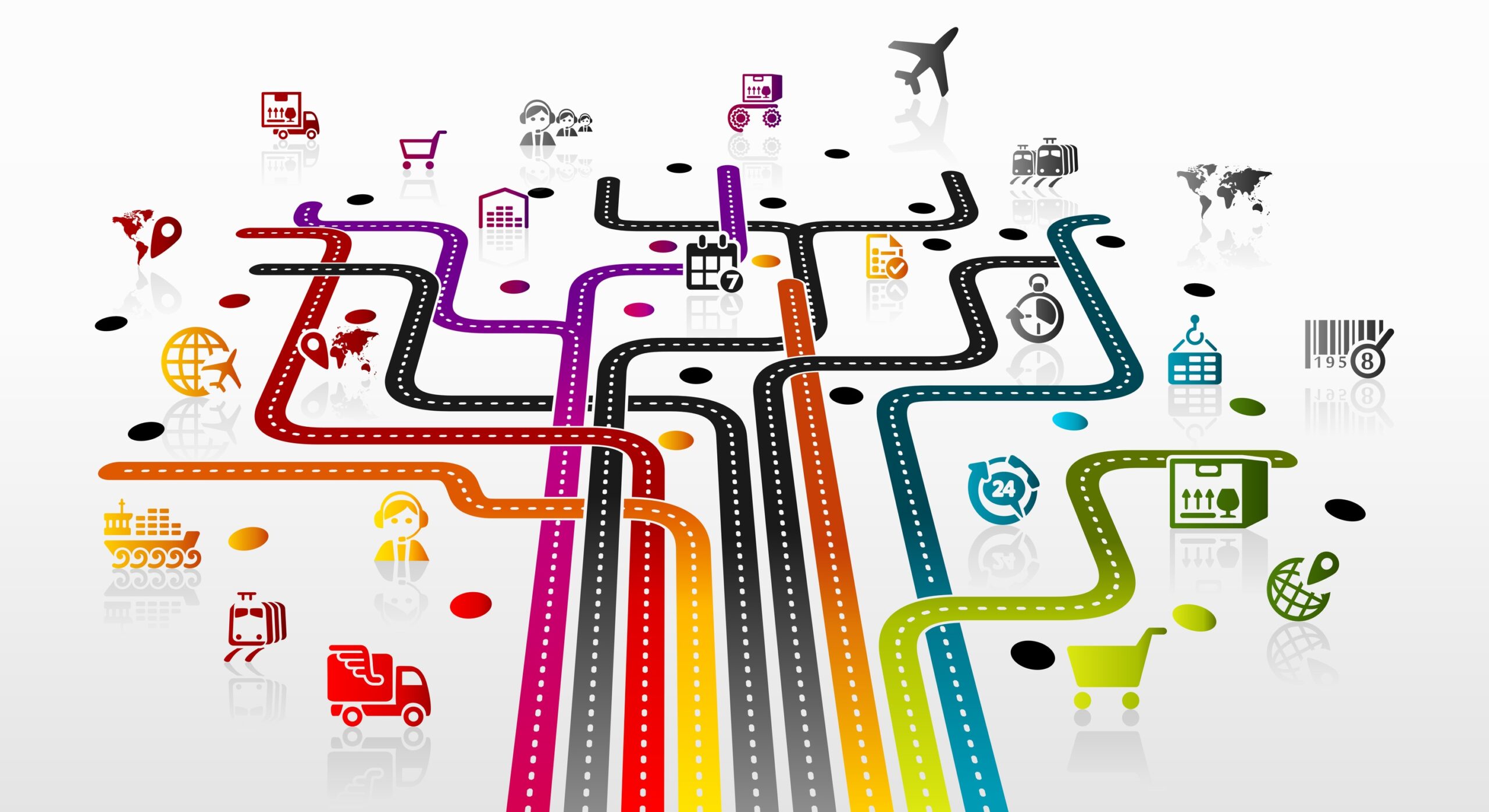Integrating new systems to optimise supply chains provide retailers with better business intelligence.
Selling out of a product is usually a great thing, but it also highlights the difficulty of correctly predicting demand, especially for the holiday shopping season. Retail specialists have long battled with the idea of how past performance can feed into a better understanding of what stock, promotions and even staffing are required to meet future needs.
Without using performance metrics and predictive analysis, retailers may be unable to meet a spike in demand, or be left with unsellable stock if they over-estimated demand.
Taking advantage of integrated business intelligence (BI) and enterprise resource planning (ERP) systems, retailers can use data driven insights to put in place plans to predict and deal with future demand.
Predictive planning is especially important when dealing with perishable goods. An oversupply can leave food rotting in the warehouse, whereas a lack of future planning can leave the retailer without the stock needed to supply a rise in demand.
For a specialty retailer like Vic’s Meats, which employs 170 staff, has in excess of 3,500 retail customers at two locations, and supplies 700 wholesale clients, an understanding of past performance and moving away from paper-based and ad-hoc forms has transformed the business.
In the past, customers would call, fax or drop in hand-written notes, or order via email. Because of this manual system, it was very hard for Vic’s Meat to gain an understanding of stock levels. Predicting future demand was almost impossible.
Vic’s Meat went to market and installed a BI system linked to a brand new online ordering portal. This meant all orders are now handled in a consistent manner and customers could order at any time during the day, up until 2am using the device of their choice, and know their order would be picked and dispatched by 8am, in time for the day’s business. Customers can also see order history, outstanding invoices and, for specialist customers, order from a bespoke menu.
The new system has improved the business’s operational efficiency and order accuracy by removing human error. The system also allows the company to understand its past demand and use data for their predictive analysis in order to define future demand and performance.
Take another example, trade tools retailer, Gasweld, who took great pains to modernise its reporting system when management realised they didn’t have the information at hand they needed in an easily digestible format.
The company, established in Newcastle, NSW, in 1978 currently employs around 170 staff at 19 locations. Along with its retail locations, it also enjoys a rapidly growing ecommerce operation. With the aim of predicting future demand and planning for retail stock levels, Gasweld implemented a state of the art business intelligence system capable of managing its 300,000 strong catalogue of Stock Keeping Units (SKUs).
The implementation of the business intelligence system gave the company clear visibility into all aspects of its business. This, in turn, allowed for fast, informed and smarter decision-making for future planning.
In the past, employees had picked stock manually, with no location identification. Introducing a next generation business management system enabled warehouse location tracking for optimal picking paths and efficient replenishment. The retailer has also increased staff efficiency – whereas in the past it took a new staff member up to six months to become fully productive, new employees are now up and running within two days of coming on board.
For a business like Gasweld, reporting is an important part of being able to understand past sales and plan for demand. With real-time data and reporting, staff can understand what is selling, when it is selling, and what is not selling.
In the past, company reports were run manually, and it took a trained staffer to extract and format the data for the management team. Now the reports are delivered in the right format and scheduled automatically, sitting on the right person’s desk, inbox or smartphone.
The new system has made a significant difference, increasing speed in which business decisions can be made and providing better business insights.
They can analyse information from multiple sources, tie data between receivables, inventory and manufacturing, and from there, easily identify new opportunities to further expand the business.
In the retail game, real time stock visibility is a critical element, especially during live promotions where stock may be sitting idle in one store while flying off the shelves at another. Being able to see the velocity of inventory movements in real time, and (even better) being able to redistribute that inventory on demand, can maximise returns and avoid those embarrassing “post-sale” markdowns. Retailers still running with “batch mode” Point of Sales systems are sadly missing this opportunity because information may be out of date before they see it.
What’s clear from Vic’s Meats and Gasweld is that software can provide the insights into the business that allow for streamlined planning and predictive analysis, without which, would certainly impact their competiveness and ability to capitalise on rapidly growing markets.
Chad Gates is the Managing Director of Pronto Software, an award-winning business management software. Find your moment: www.pronto.net



















